When dedicated bluebird watchers witnessed a kestrel capture the female bluebird they knew had babies in the nest, they called LWR for advice, as the male seemed unsure what to do without his mate. Since it was late in the day when this transpired, per my advice, they allowed the babies to remain in the nest overnight, with instructions to call early the next morning if the male hadn’t resumed feeding the babies.
The next morning the male perched atop the next box and called but didn’t feed the nestlings, so all five ended up at LWR, where they’re thriving and almost ready to fledge.
On Monday, I took the previous weekend’s cat-caught cedar waxwing to Smalley’s Animal Hospital for x-rays, which confirmed a fracture at the shoulder. There was nothing to be done except euthanize; the bird would never have flown again.
The next day I was back at Smalley’s, where x-rays showed an old, encapsulated pellet lodged in the humerus. It had not broken the bone on impact but had progressively weakened it, so that the more she used the wing, the more likely a break was. When it snapped, it also caused the radius to snap, effectively sealing her fate.
Obviously, any time there is suspected or confirmed illegal activity, it must be reported to the state and feds, but the frustrating thing here is we don’t know when or where she was shot, so there’s really no way to investigate the incident. I will remind everyone, however, so that you can pass along the word to friends and neighbors: Under the terms of the Migratory Bird Treaty Act, injuring or killing raptors and songbirds is a violation of federal law, as is disturbing an active nest of either.
In further “keep your cats indoors” incidents, LWR received a late-nestling pine warbler and a fledgling brown thrasher, both taken from cats. When their rescuers were told that the wildlife in their yards would be safer if their cats were indoors, lame excuses and eye-rolls were the only responses. I fail to understand how anyone can claim to love wildlife or their cats while they place their cats in danger by allowing them to roam freely outside and thereby endangering the wildlife in their area. It’s just irresponsible on so many levels that it boggles the mind.
The pine warbler was uninjured but, because it had been in the cat’s mouth, required antibiotics as a safety precaution. He’s doing great and has a big appetite for such a tiny little bird.
The brown thrasher has what appears to be a “nest injury” to his right leg, meaning the leg was broken or twisted awkwardly in the nest and healed/grew that way. At first glance it looks broken but the bone is solid and is actually curved rather than straight, leading me to believe it resulted from awkward positioning in the nest. It’s definitely affecting his ability to use the leg and foot, so we’re going to work with him and see if we can get it functional enough for release. It was likely his inability to perch that made him easy prey for the cat that attacked him, and adding insult to injury, the poor fellow was fed bread and water for 24 hours before arriving at LWR.
The only exception to the “don’t feed wildlife” rule is hummingbirds. Because of their high metabolisms, they MUST feed every 15-20 minutes. If you find a hummer in need of help, quickly mix 1 part sugar to 4 parts water and offer it to the hummer. THEN call a rehabber.
Late in the week, a lady rescued an adult great horned owl from the road in a neighboring county. Upon intake, he had no neural response at all below the neck. I explained that he appeared to have a spinal injury and that it might prove fatal. Vet Peggy Hobby at Smalley’s Animal Hospital, after examining the owl, agreed that the lack of response in his feet and wings signaled an injury that wasn’t fixable. He was euthanized.
However, since being placed with my younger GHO, who’s full of youthful piss and vinegar and “teen angst”, he’s progressed to large mice that he will reluctantly pick up if he drops them, and he’s hissing at me…sometimes. But he still doesn’t fly as well as the younger bird, probably because he was confined for so long that his flight muscles atrophied somewhat. But the juvie appears to be a good influence on him, as he’s wilded up noticeably in just under a week.
No release photos, as when he flew off, he disappeared around the bend. But I did manage a short video of his release, below.
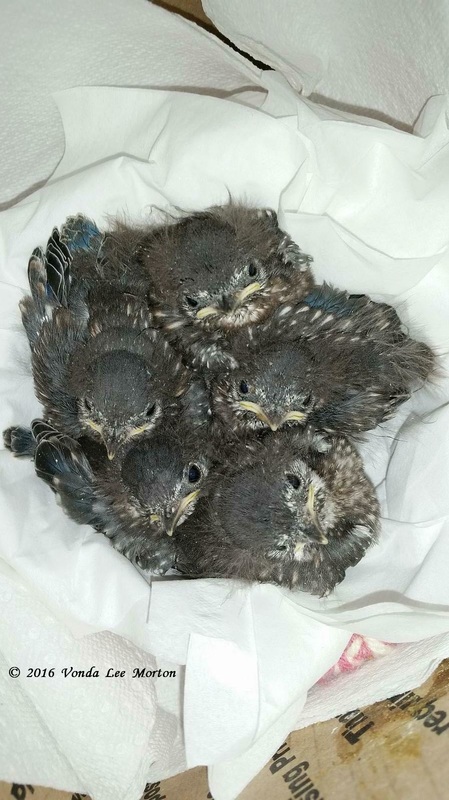
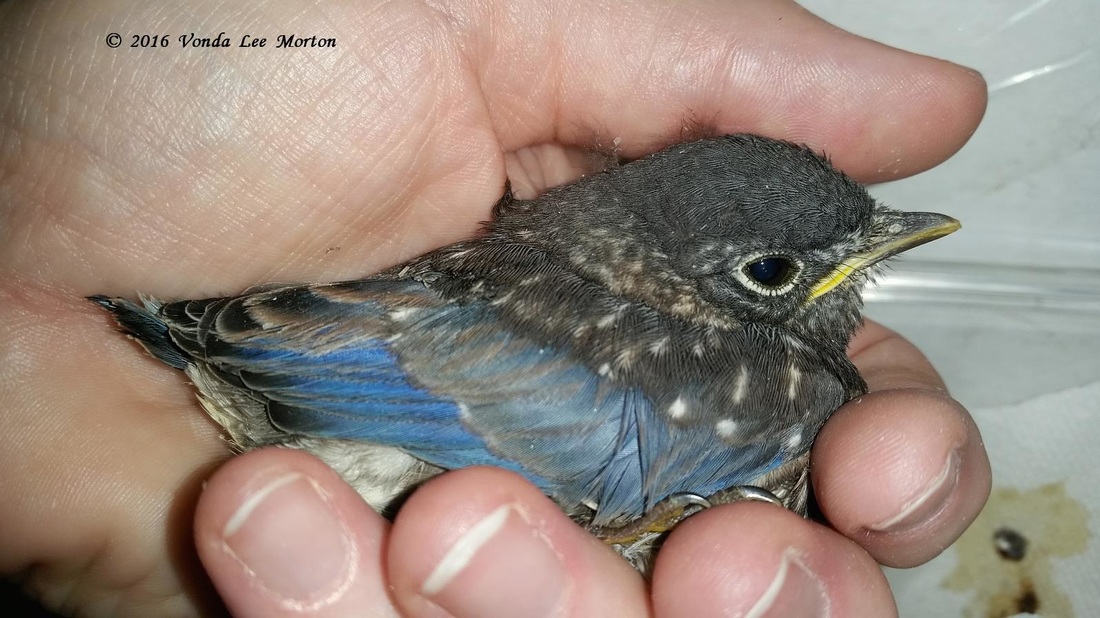
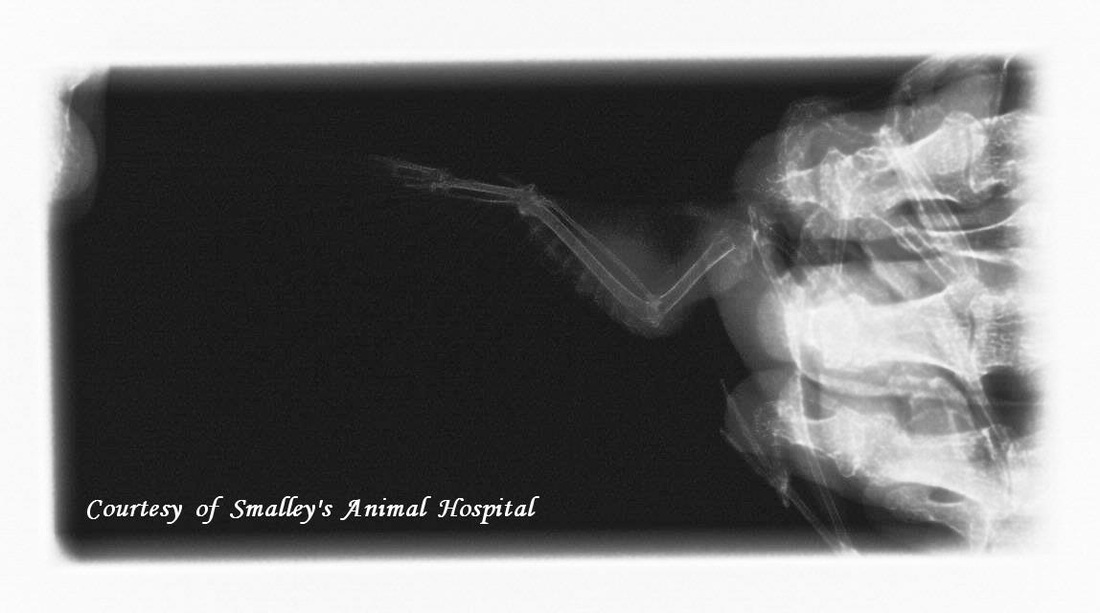
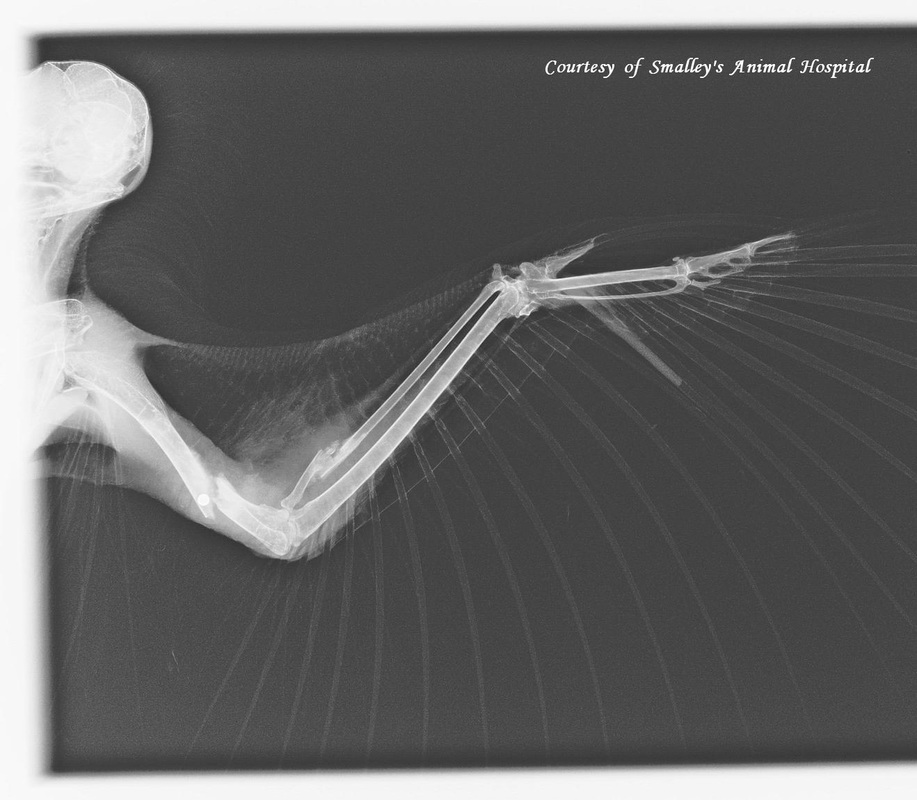
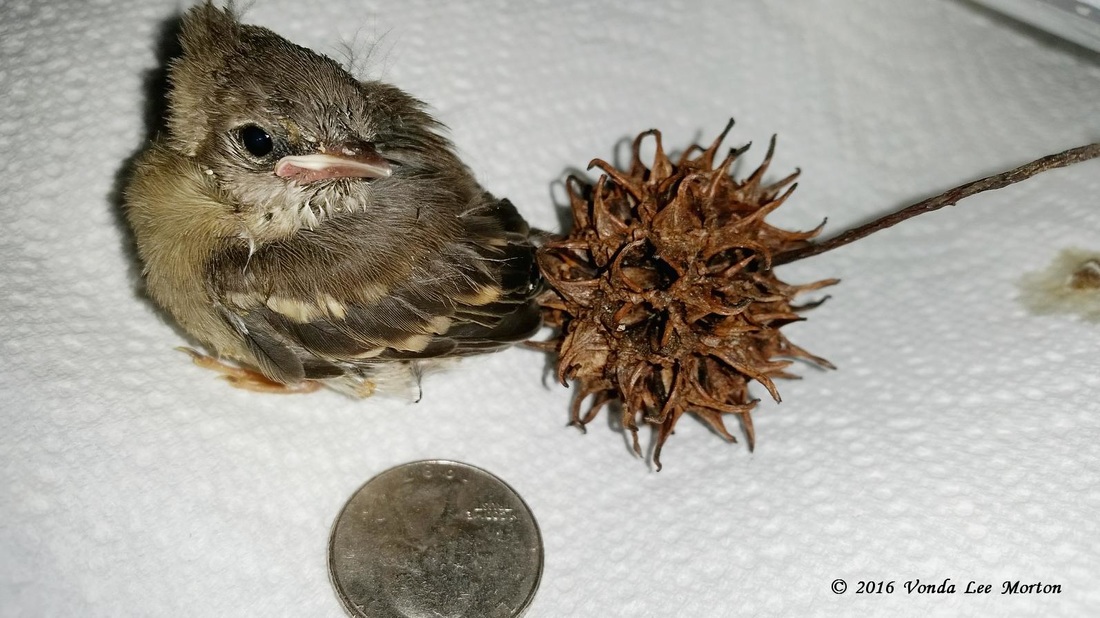
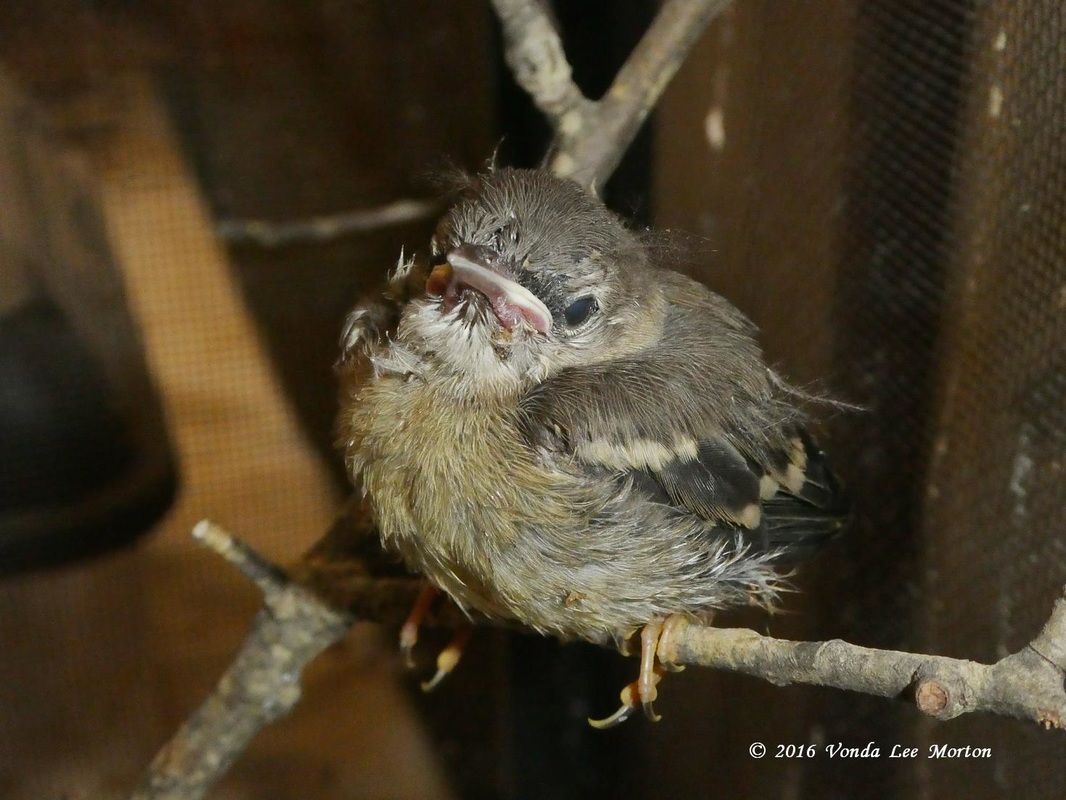
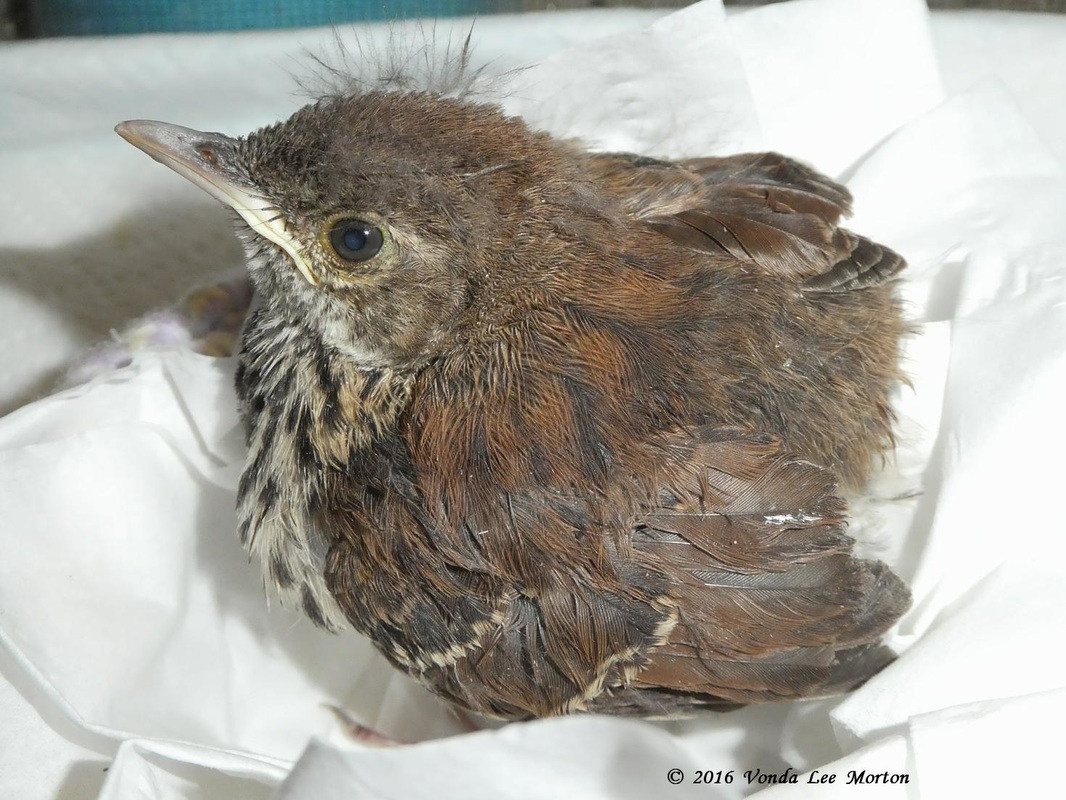
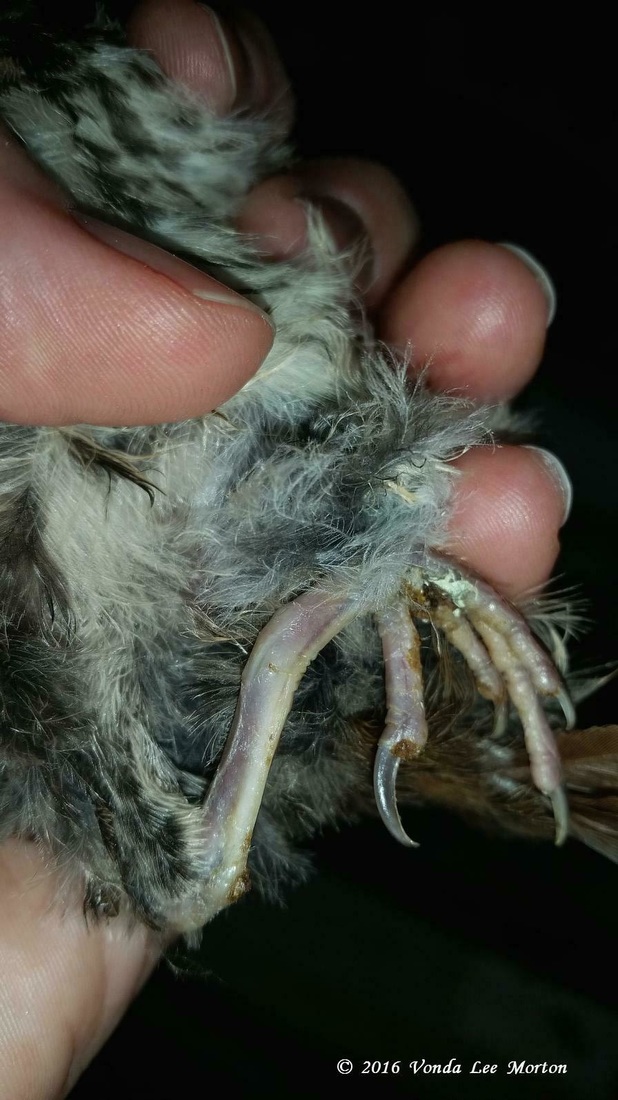
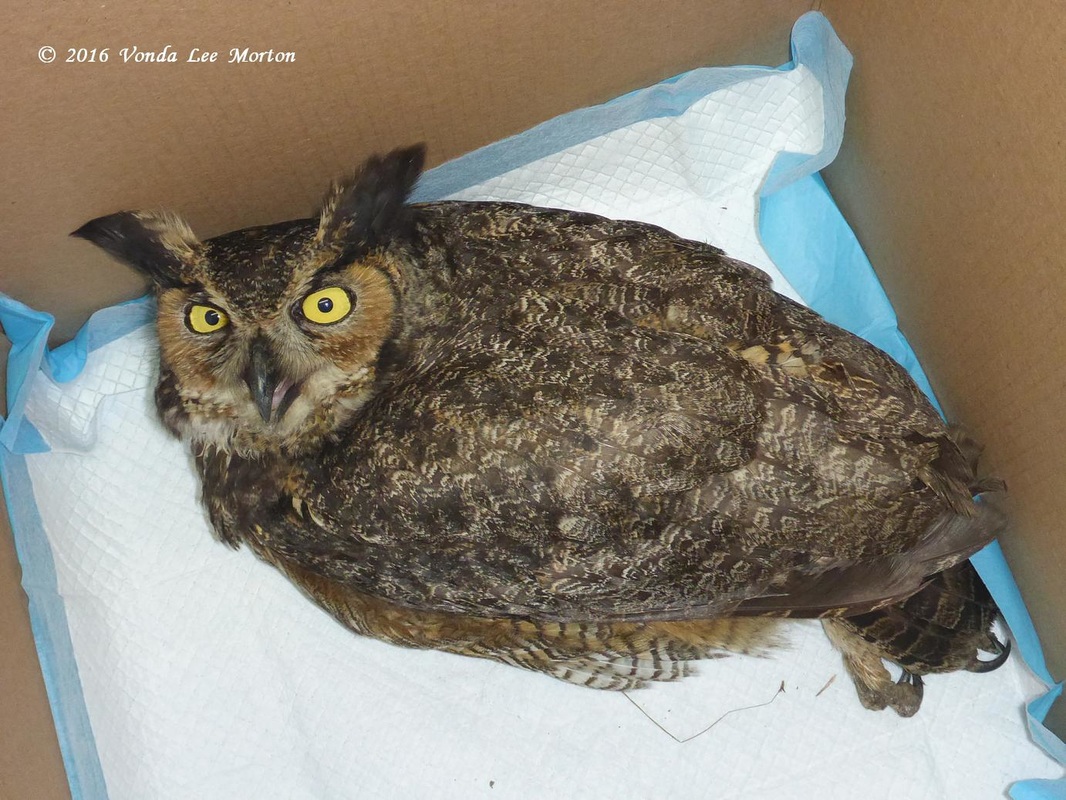
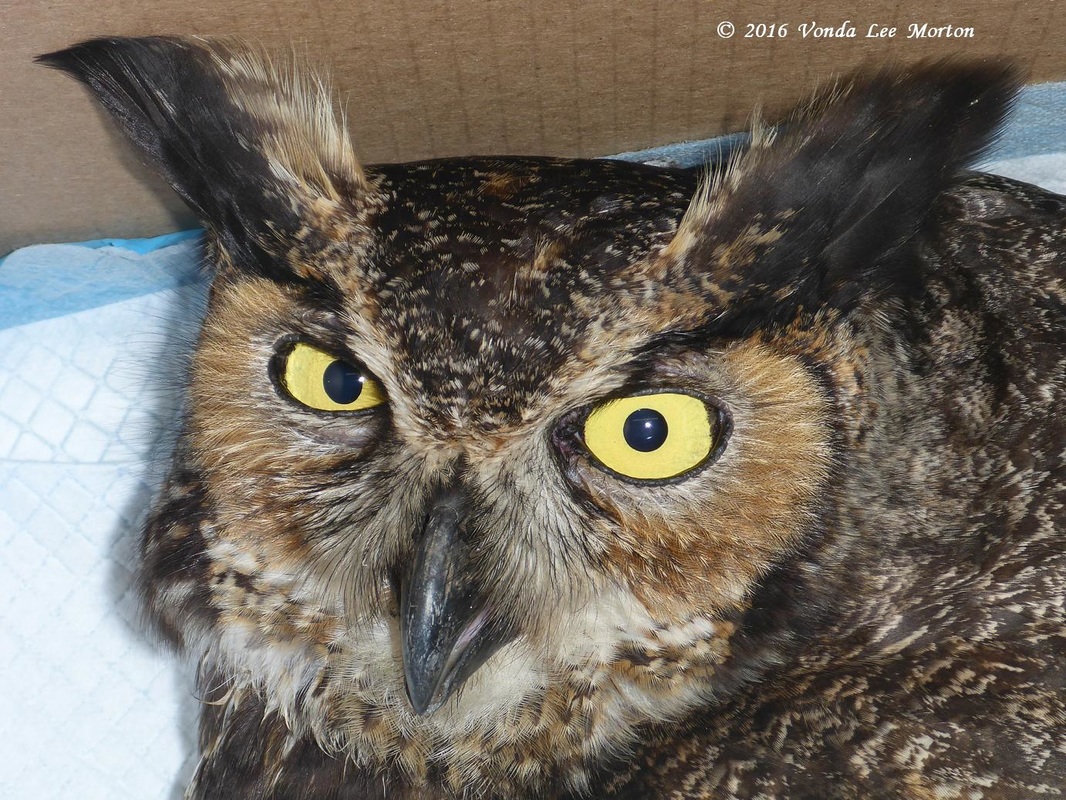
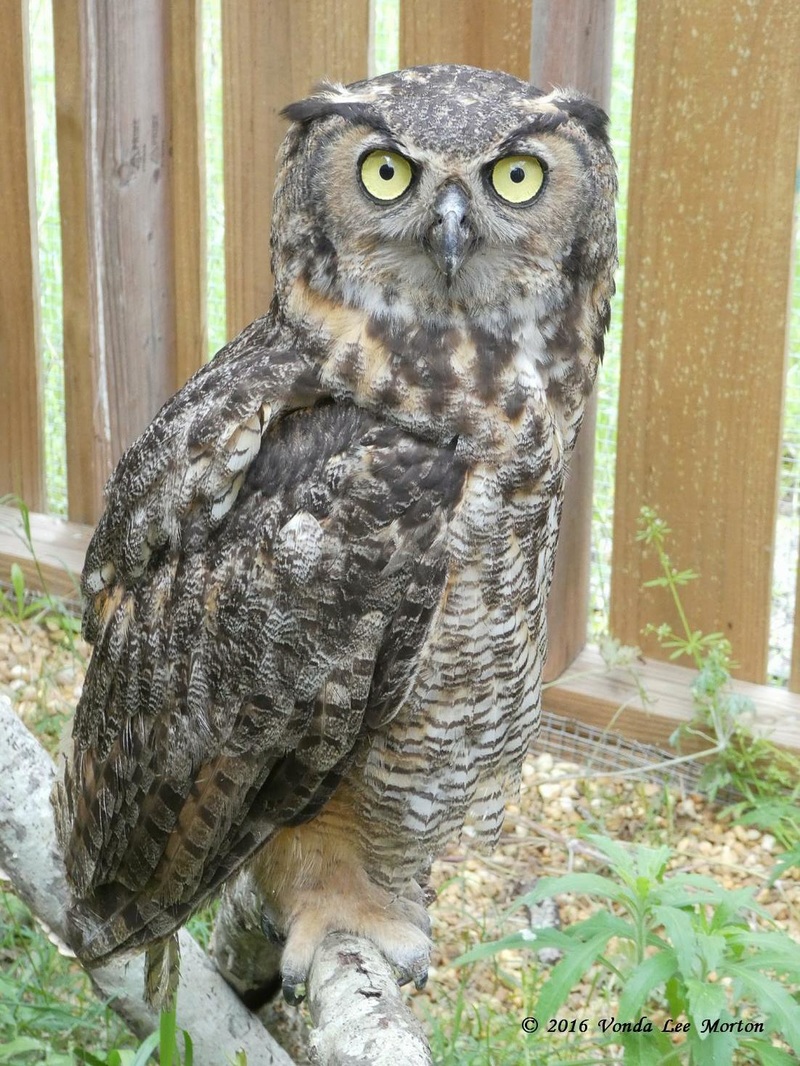
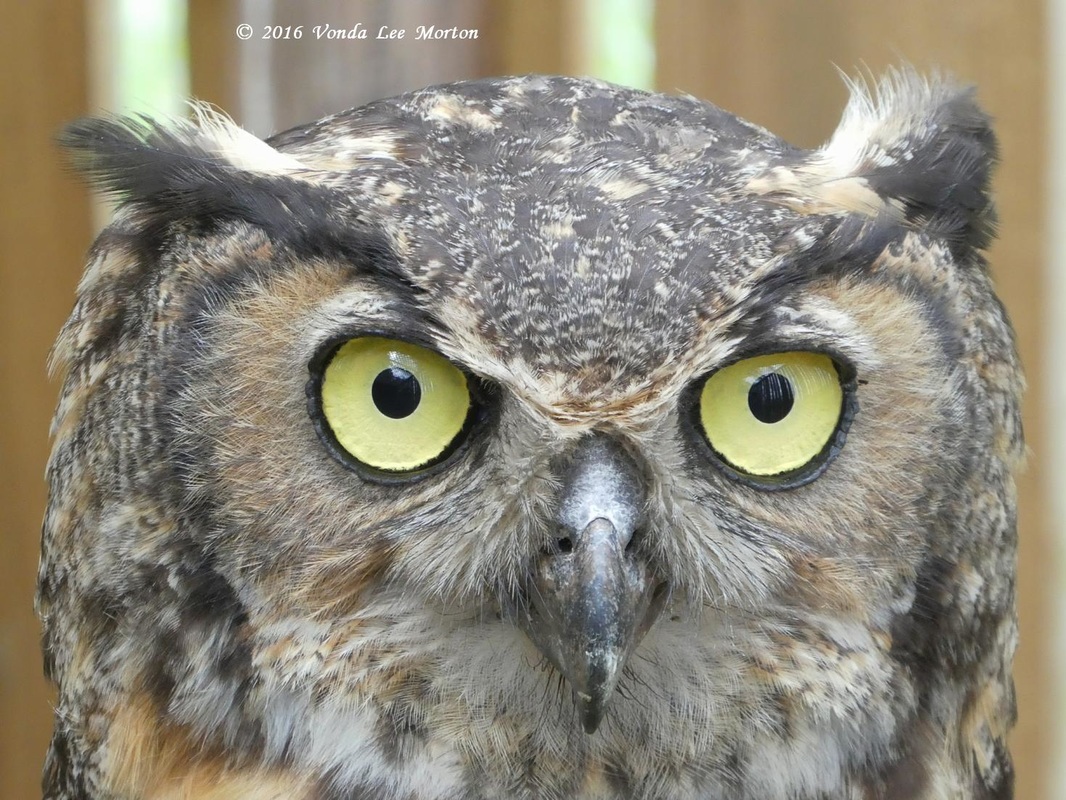
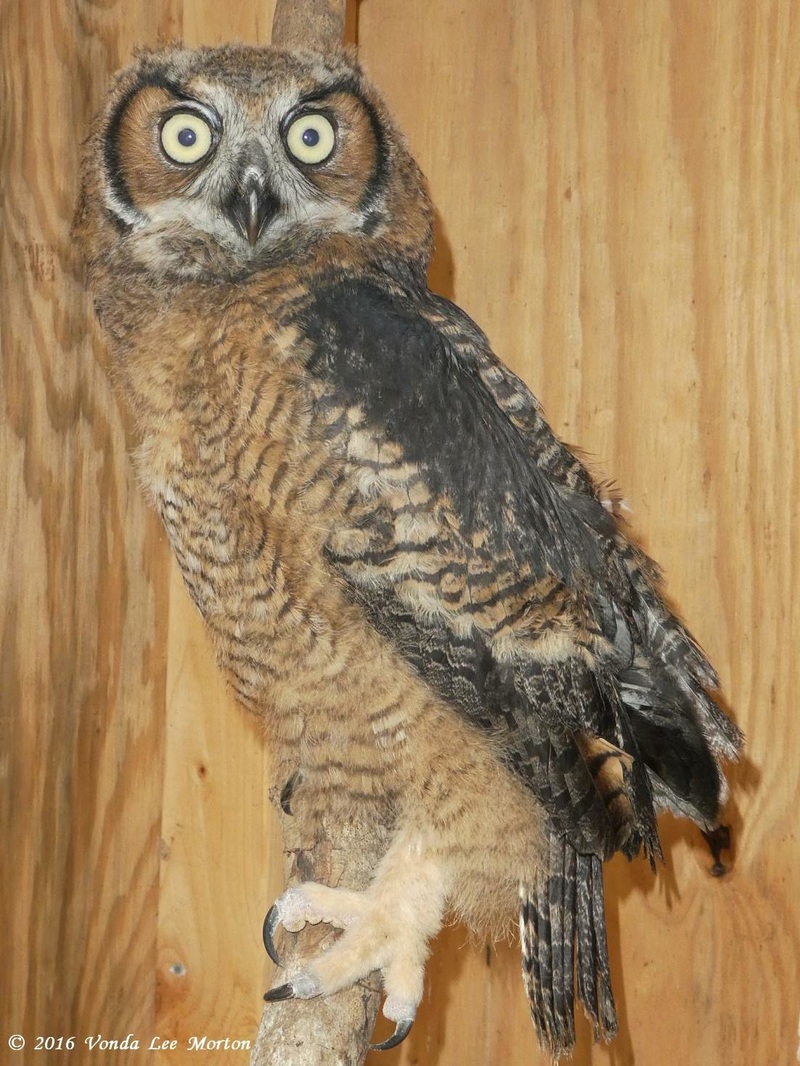
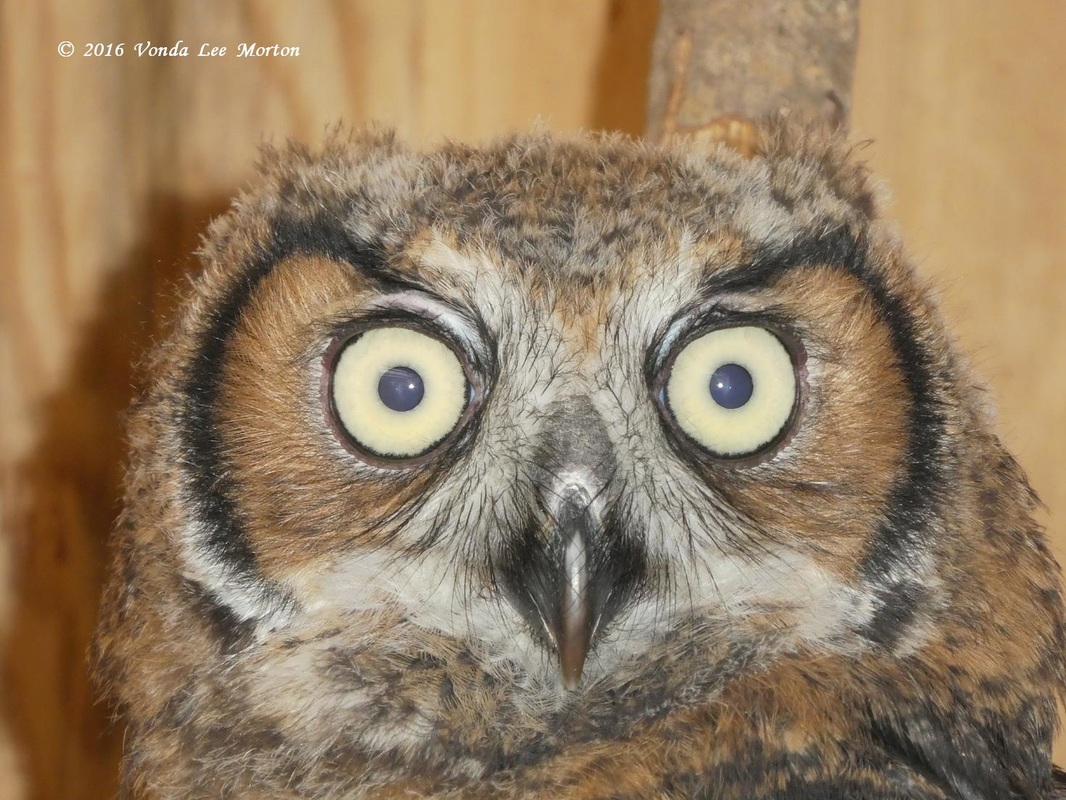
 RSS Feed
RSS Feed
